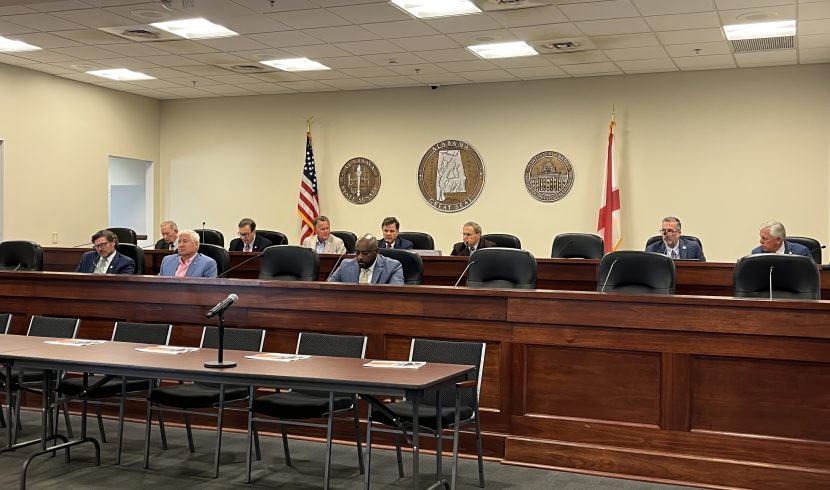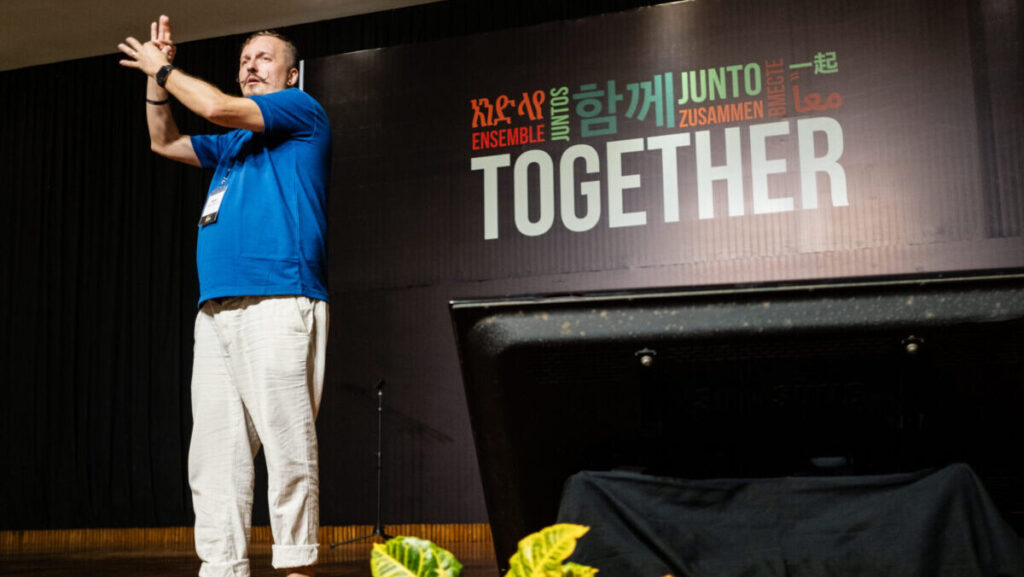Your church has a project idea — maybe age-appropriate playground equipment, a serenity or prayer garden, computer equipment or software or materials for an afterschool program. The project will benefit both your church and the community. Are there funding sources outside the church as well?
For small projects and larger ones millions of dollars are available for faith-based and non-profit organizations in all 50 states; Alabama has its share.
Foundations and corporations are located in small towns and communities and large cities as well. Large cities often combine foundations under one umbrella and offer community grants.
The key to funding is to provide programs that benefit the area or community — not only your church or faith-based organization.
Gifts and donations
According to a report from the Foundation Center, 86,726 foundations are registered in the United States. Each year these foundations disburse billions of dollars to organizations, individuals and causes.
Alabama has 936 foundations who distribute more than $210 million annually in independent, corporate, foundation and community grants. Many corporations also give back to the communities where they do business. Their gifts include sponsorship programs, in-kind donations, volunteer programs and matching gifts.
Alabama churches and faith-based organizations often overlook the best opportunity for funding — money available locally. However, these simple suggestions may help your church receive funding:
- Become highly visible in your community. Networking is vital.
- Check with the local chamber of commerce for a listing of businesses and industries located in the same region as your church.
- Identify the CEOs, community resource personnel or plant managers as your contacts. Are these people members of your congregation or is there a connection with a board member? Make an appointment and discuss your grant needs.
Virtually all grants require detailed information in certain key areas. Always follow the prescribed format and place the required information within the appropriate section. Use the headings and subheadings of the form.
Typically a grant application will include a cover letter, title page and summary, along with the following elements:
- Introduction — Explain what is needed and why. Has the church experienced something that indicates a need for funds, such as a natural disaster? Low test scores in local schools? Low poverty rate in the community?
- Needs or problem statement — What do you need to run a successful program that you don’t have? For example, if the problem is transporting children working below grade level to an after-school, church-sponsored class, the grant could purchase a van for transporting children. Then it also can be used for church or community related events.
- Goal — Write a broad general statement of the intended outcome of receiving the grant.
Example: The children in XYZ community need after-school transportation for remedial educational.
How and why?
- Objectives — What are you trying to do? Objectives should connect to the other sections of the grant; be written in measurable terms; provide a specific time frame and identification of the group(s) involved; contain answers to who, what, when, where and how much and include words like increase or decrease, reduce and expand.
- Implementation or methodology — How will you accomplish this project? What methods will you use, and why are you choosing this approach?
- Evaluation — How will you measure your success? Include both qualitative (surveys, interviews) and quantitative (numbers, data) methods. How will you know if the project accomplished the goals and objectives? How can it be replicated for other churches?
- Future funding — How will the project be continued after funding from this grant ends? Be specific. Grantors want to know what plans the church has for the future of the project they are funding.
- Budget — Present your proposed budget using a table or spreadsheet. Document each item and be realistic. Grant readers will know the approximate cost of budget items. If a match is required use in-kind services or volunteer hours. Always count space, utilities, janitorial services, phone services and secretarial services as part of the matching funds.
- Budget narrative — Include all required documentation such as letters of support from collaborative partners, copies of research or news clippings referred to in the narrative data, statistics and a copy of the church’s annual budget. Stay within the specified page limit for the narrative and add additional material in the appendices. However, limit the amount of material in the appendices. The reader is not required to read any pages that go beyond the maximum specified.
Expression of thanks
Once the process is complete write a thank-you letter whether you receive funding or not. Thank the grantor for reading your proposal. If you did not receive funding, indicate that you will reapply in the next funding cycle. Sometimes it takes several proposals to receive funding from a grantor. Persistence pays off. Realize there may have been many reasons why your proposal was not funded and some may have been beyond your control.
EDITOR’S NOTE — Carolyn Tomlin, M.Ed., has been a public school teacher, university professor and grant writer for the Jackson-Madison County Schools in Jackson, Tennessee. She teaches grant writing workshops and is the author of “Writing Grants for Faith-Based Organizations and Community Non-Profits.”






Share with others: